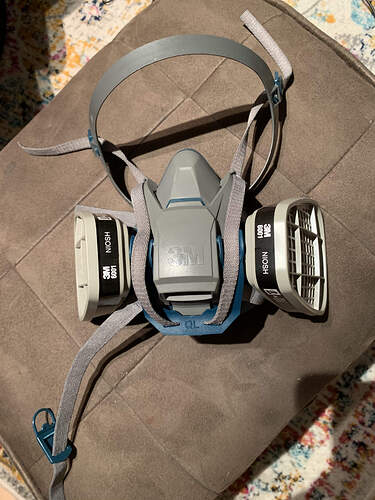First of all, thank you all for your reply’s.
This helps me a lot to get more confidence in disassembling my airbrush for regular cleaning.
And to have a try on this myself.
Thanks for providing notes and detailed illustrations based on my photo’s I uploaded earlier.
The first thing I want to say is, that I think that I have to split up the airbrush session and the cleaning procedure into to seperate ‘parts’.
Because it takes me a lot of time to prepare the workspace where I’m going to hold my airbrush session.
It takes me a lot of time setting everything up.
I also have to tidy everything up again.
And usually airbrushing takes up a whole day.
That is why I’m thinking it is necessary to split the various ‘parts’ of this up.
A question I got is: Why is there so much talk about using ‘thinners’ to clean out an airbrush?
Cleaning out an airbrush is done with airbrush cleaner.
Or is there something that I don’t know?
Secondly, how do you test after each cleaning operation of the airbrush if it works properly again?
And how do you determine that?
And what test objects can be used before airbrushing on an actual project itself?
I have heard that on the ‘belly’ or underside of the project can be used to do some testing before working on the actual project.
Because, noone looks at the underside after everything is done.
That’s the case for me, I normally don’t watch the underside.
Anyway…
When I’m able to perform more airbrushing, because I’m not having the testing objects at the moment.
And things like airbrush cleaner and such are almost up.
I will write more here about my experiences here.
